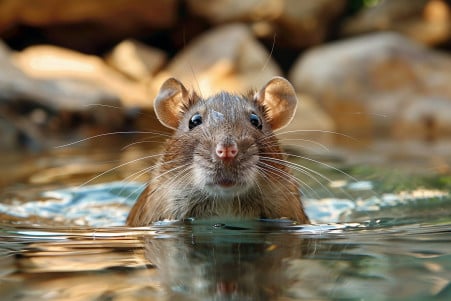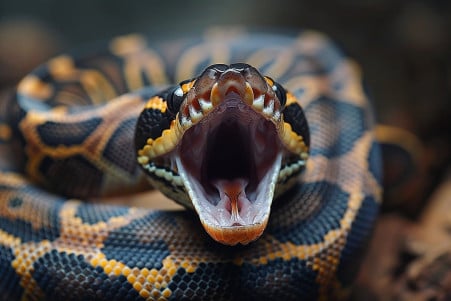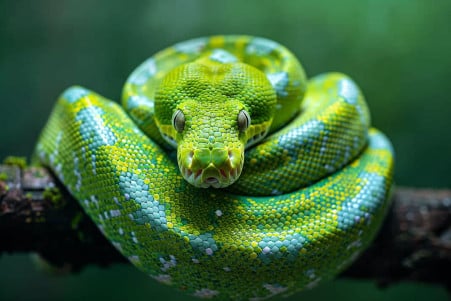Tagged With Science

How Do Snakes Poop? Decoding the Reptilian Digestive Process
7 March 2024
The physical and chemical changes that food undergoes in the digestive system, the role of the liver in digestion, and common digestive disorders.

Can Dogs Laugh? The Science of Dog Laughter and Other Playful Sounds
7 March 2024
Recognizing dog laughter via play vocalizations, physical cues, and physiological reactions, improving interspecies relationships and psychological knowledge.

Can Dogs Get AIDS? Understanding Canine Immune Health
6 March 2024
Knowing why dogs can't get HIV/AIDS, the differences between human and dog immune diseases, and the ways to keep your dog healthy.

Axolotl Teeth: What You Need to Know About Their Special Dentition
5 March 2024
Axolotls have tiny, pointed teeth for suction feeding, can regrow tooth tissues, and their food plays a role in the evolution of their teeth.

Do Rats Swim? The Truth About Their Surprising Swimming Abilities
5 March 2024
The remarkable swimming skills of rats, such as diving, traversing bodies of water, and floating, and how they have affected ecosystems and cities.

The Science of the Itch: Why Do Cat Scratches Itch?
4 March 2024
Reasons why cat scratches may itch: the body's inflammatory reaction, the possibility of a bacterial infection, allergens in cat saliva, and psychological reasons.

Why Do Snakes Yawn? The Science of Mouth Gaping
4 March 2024
The science behind snake yawns: why it happens and what it means for jaw movement, sensory input, and the digestive system, not tiredness.

Why Do Some Dogs Have Purple Tongues?
4 March 2024
Genetic and cultural importance of black-spotted tongues in dogs, potential health issues, and the evolutionary history of melanin coloration.

Why Do Male Dogs Have Nipples? A Look at Canine Anatomy
4 March 2024
Male dogs are born with nipples as a result of their embryonic origin, and they usually have 8–10 nipples that are considered vestigial and can be a sign of a problem if they change.

Can Snakes Fart? An Investigation into Reptile Digestion
4 March 2024
The science of snake farts: why they are so rare and what they tell us about the gut microbiome, metabolism, and potential health problems or adaptations.

Do Cats See Ghosts? Exploring Feline Senses and Behaviors
2 March 2024
Cats’ super senses and actions have led to many superstitions, but there is no evidence that they can actually detect ghosts.

Can Dogs Purr? Decoding Canine Rumble Sounds and Vocal Behavior
2 March 2024
This article discusses the science behind dog purring: why dogs make sounds that are similar to purring, how dogs communicate through sound, and the anatomy that enables dogs to make a wide range of sounds.